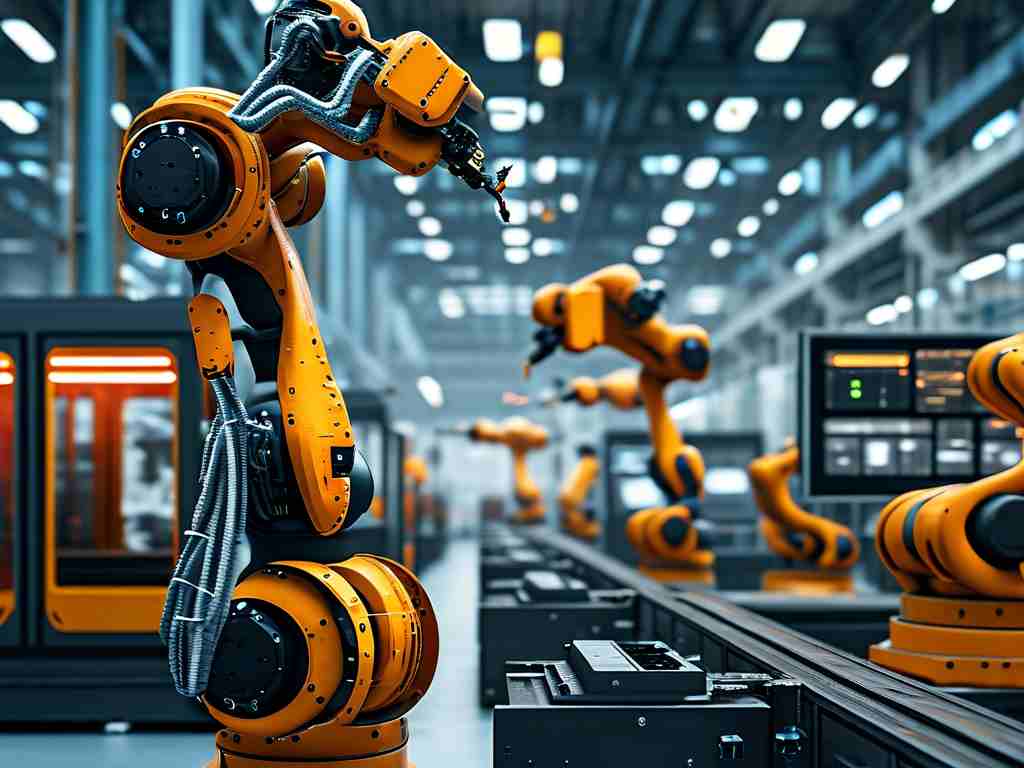In today's rapidly evolving automation landscape, mastering robot debugging techniques has become a critical competency for engineers and technical teams. As robotic systems grow more complex—spanning industrial arms, autonomous drones, and collaborative robots (cobots)—the ability to diagnose and resolve technical issues efficiently separates high-performing teams from those struggling with downtime.

One foundational area involves sensor calibration protocols. Modern robots rely on LiDAR, vision systems, and force-torque sensors, all requiring precise alignment. A common challenge emerges when a warehouse robot misinterprets shelf positions due to lidar drift. Technical teams must implement real-time calibration scripts like:
def calibrate_lidar(reference_points):
# Calculate offset using known markers
offset = np.mean(reference_points - current_scan)
return apply_correction(offset)
This approach minimizes manual intervention while maintaining sub-millimeter accuracy.
Another critical focus is motion control diagnostics. When a six-axis robotic arm exhibits jerky movements, engineers often trace it to servo motor harmonics or PID tuning issues. Advanced teams now use spectral analysis tools to isolate vibration frequencies. For example, detecting a 120Hz resonance might indicate improper gearbox lubrication rather than a software flaw—a distinction that saves hours of misguided coding efforts.
Communication layer debugging forms a third pillar. With robots increasingly operating in networked environments, CAN bus errors or ROS2 topic mismatches can cripple entire fleets. A case study from an automotive assembly line revealed how intermittent packet loss—initially blamed on software—was traced to electromagnetic interference from unshielded power cables. Teams equipped with protocol analyzers and signal integrity testers resolved this 30% faster than those relying solely on log files.
Emerging techniques include AI-assisted anomaly detection. By training models on historical performance data, systems can flag deviations in joint temperatures or motor currents before failures occur. A food packaging plant reduced maintenance downtime by 41% after implementing a neural network that correlated pneumatic valve cycles with pressure sensor readings.
However, human expertise remains irreplaceable. When a surgical robot’s force feedback system malfunctioned last year, engineers discovered the root cause wasn’t in the code or mechanics, but in a nurse’s smartwatch accidentally emitting Bluetooth interference. Such scenarios underscore why debugging extends beyond technical checklists to encompass environmental awareness and interdisciplinary knowledge.
As robotics permeates industries from agriculture to healthcare, teams must cultivate a hybrid skill set—blending traditional electrical/mechanical troubleshooting with software-centric approaches. Those who invest in cross-training their members and implementing layered diagnostic frameworks position themselves to lead in the age of intelligent automation.

